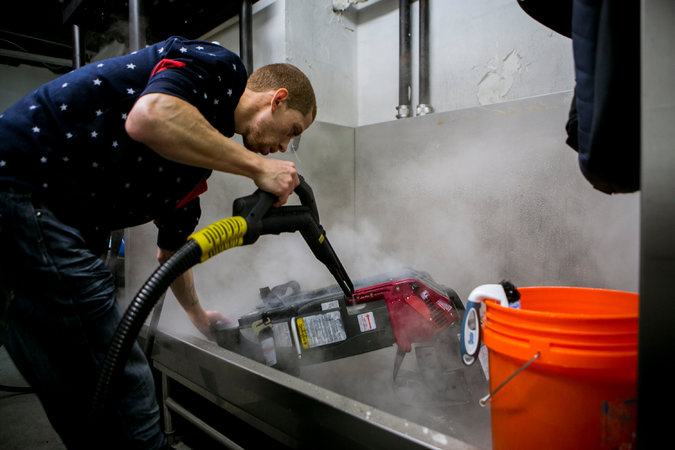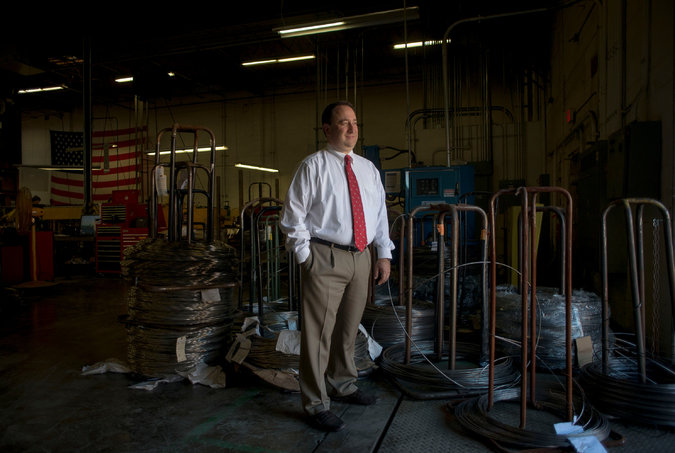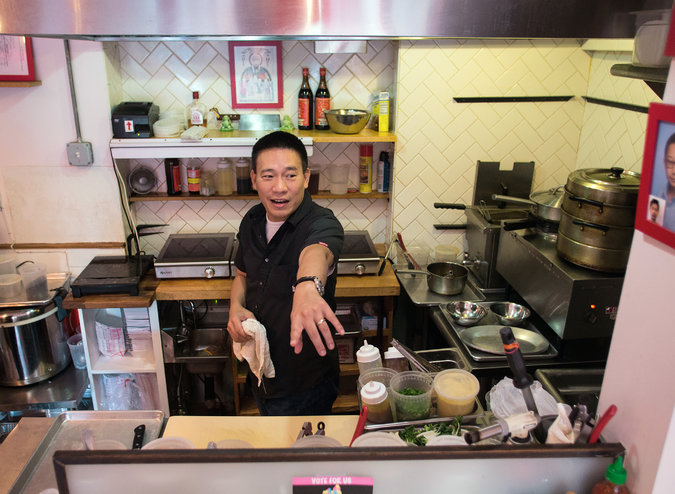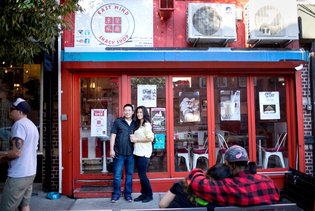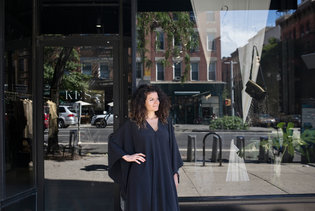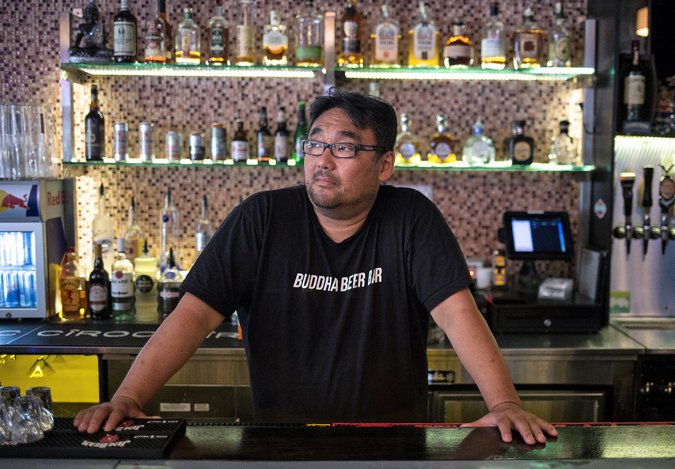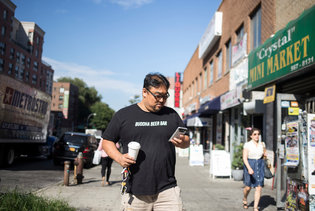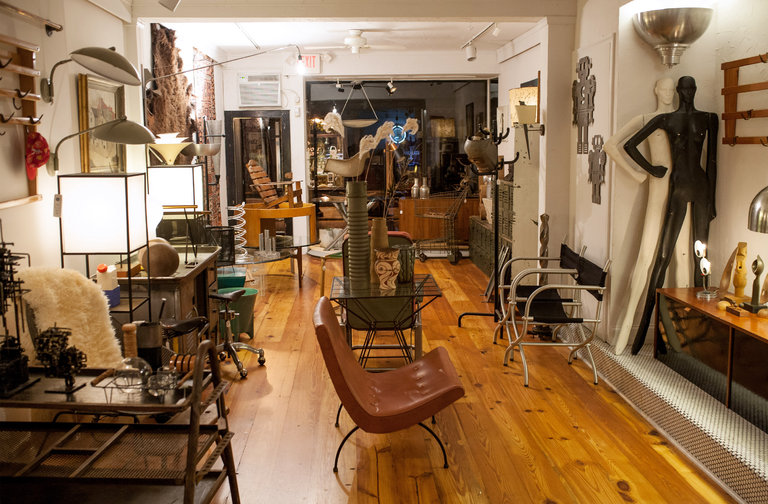
Christopher Gray’s first job title after graduation was C.E.O. As the son of a single mother who lost her job during the recession, he knew he would need considerable financial aid to pay for college. After seven strenuous months of searching for scholarships, dodging scams and writing (and recycling) essays on leadership and community service, he raised $1.3 million. Then, as a student at Drexel University in Philadelphia, he turned his experience into a social enterprise — an app called Scholly that matches students with a personalized list of scholarships. Scholly soared to No. 1 in the iOS App Store after Mr. Gray pitched it on “Shark Tank.” In three years, Scholly has been downloaded over a million times and has helped students raise more than $50 million.
Mr. Gray — now 25, one of Forbes’s “30 Under 30” and Oprah Winfrey’s “SuperSoul 100” — shares advice for students hoping to launch a sustainable social venture.
Find Your Motivation
Being from Birmingham, Ala., you tend to want to get out of Birmingham, Ala. I wanted to be a tech entrepreneur. I wanted to escape and get to a place where I could do that. My brother and sister were 4 and 2 at the time I was going to college. I wanted to break the cycle and create a better life for them. They now have someone they can see who’s different than what’s around them. All the success is just surreal, and it’s emotional. When I started Scholly, my goal wasn’t to make a billion dollars. It was to help a lot of people.
The ‘Aha’ Moment
Realizing there’s a big market, that’s when I knew this could be a business. At Drexel I was around a lot of kids who had different backgrounds. I saw, it’s not just me. Both parents could make 100K, but they have three kids in college. They need scholarships, too.
Make a Deal
To get on “Shark Tank,” my advice would be to find a producer and have a conversation. A producer spoke to one of my friends at Drexel and I ran up to ask for an introduction. I pitched my story and ended up calling him, like, six times. Be persistent. The producer I talked to had to find scholarships of his own, so he understood. Find people who identify with what you’re doing.
Advertisement
Continue reading the main story
Leverage Your Peers
You have a lot of people around you who want to get experience and will work for free. And a lot of your friends have connections. One of my investors is Springleaf and that came from a guy I partied with. His dad is the C.E.O.
Leverage Your University
Your university wants your success as much as you do. I was a student when I appeared on “Shark Tank.” That’s a big thing for the school. Drexel helped promote us. Your university has tons of networking events and marketing opportunities. Students don’t have money, so we have to figure out the most inexpensive way to get the word out there.
Tap Student-Specific Cash
There are so many funding opportunities specifically for students. I think students miss that sometimes. I won $75,000 from Cupid’s Cup, an entrepreneurship competition for students and recent graduates. At Drexel, I won $32,000 in an incubator competition.
Persevere
When you’re a student, you study hard for a test and you make an A. You have a degree of control over your success. When you’re an entrepreneur, you can work eight months on a deal and it may not go through. Markets change. Investors change their minds. When that happens, be resilient. Students may not be used to dealing with that yet. If a little boy from Birmingham, Ala., can go to college, pay for it and build a successful company before the age of 25, so can you.
Continue reading the main story
Article source: http://www.nytimes.com/2016/11/06/education/edlife/christopher-gray-on-how-to-be-a-social-entrepreneur.html?partner=rss&emc=rss


